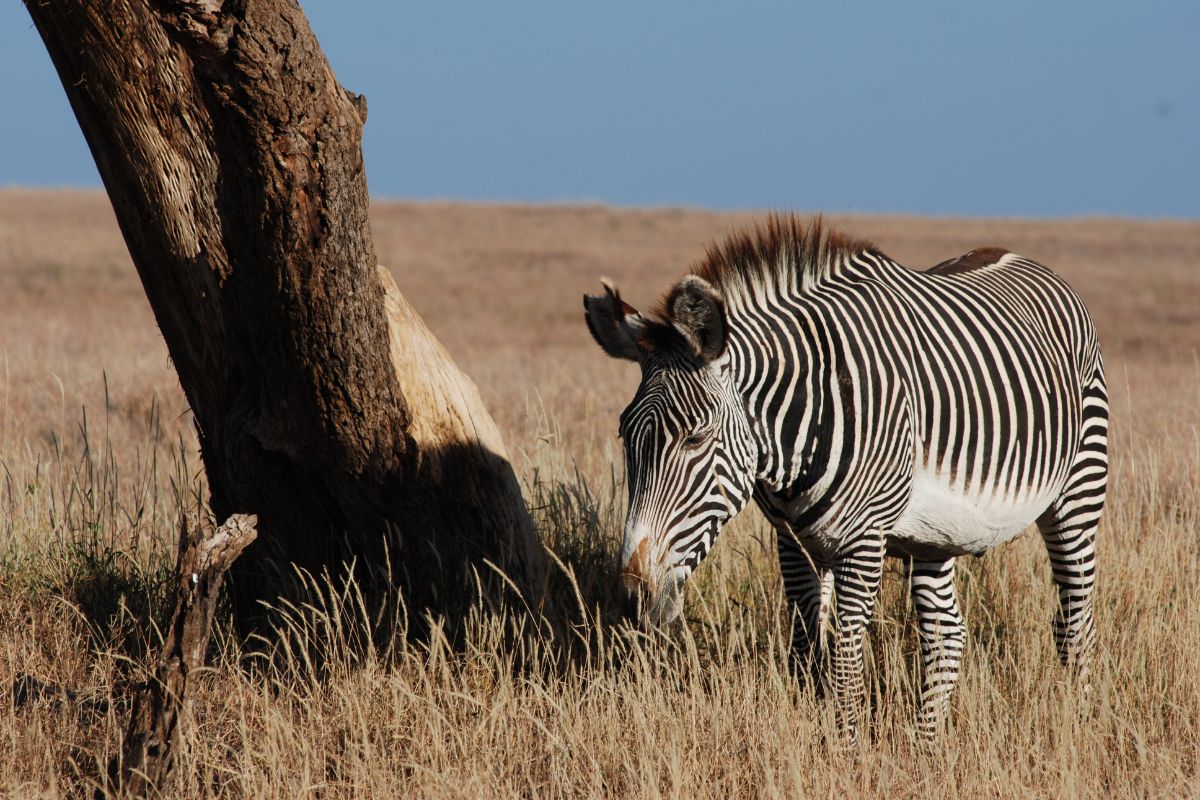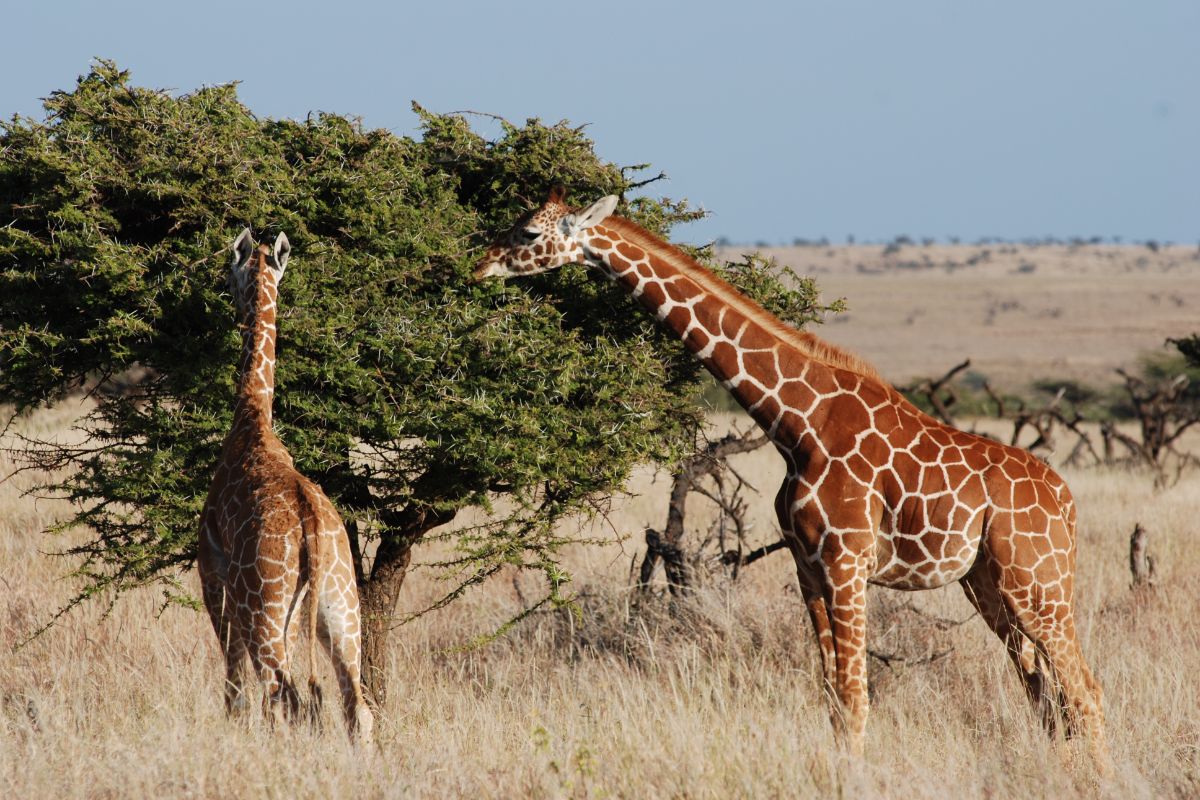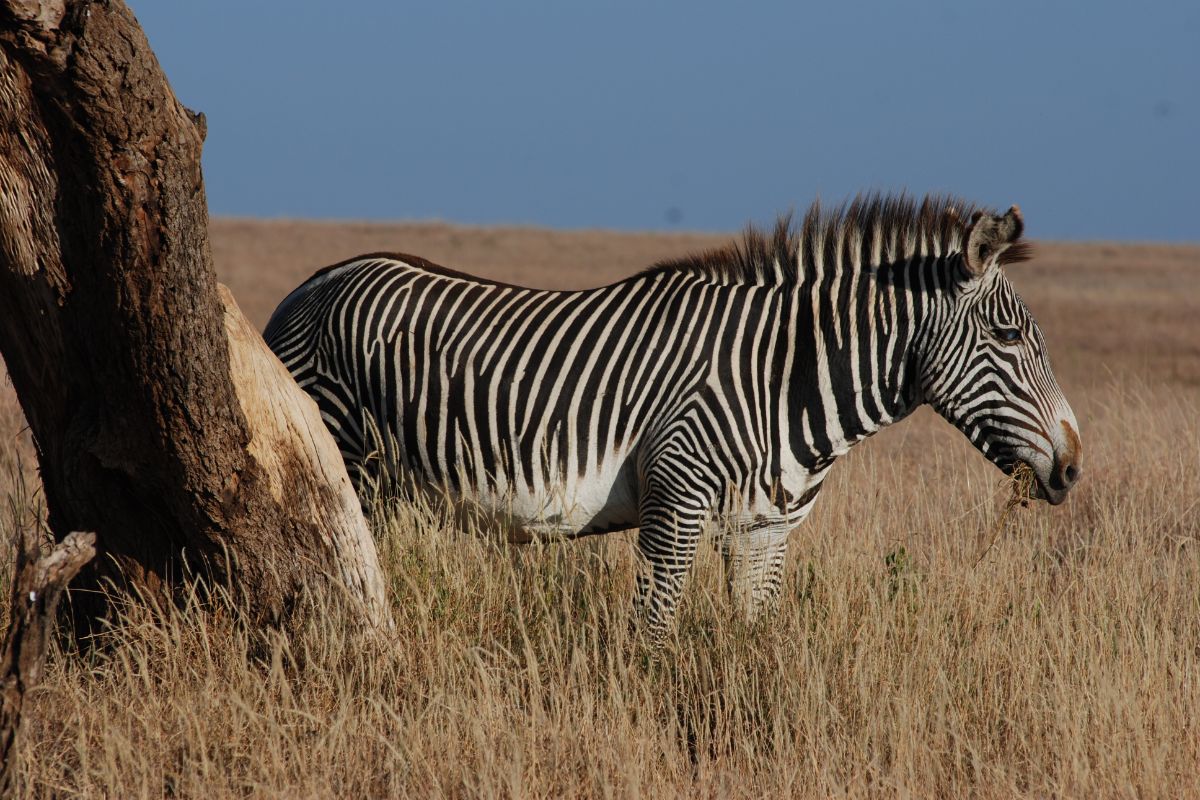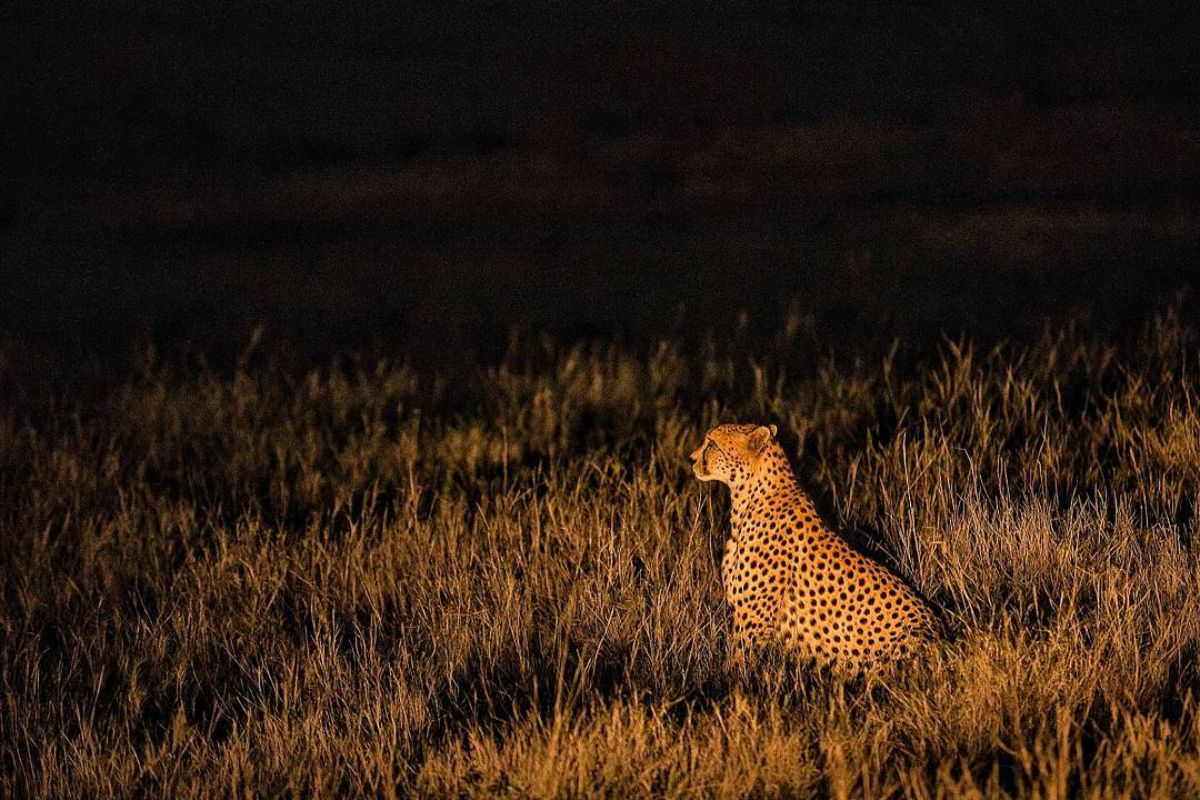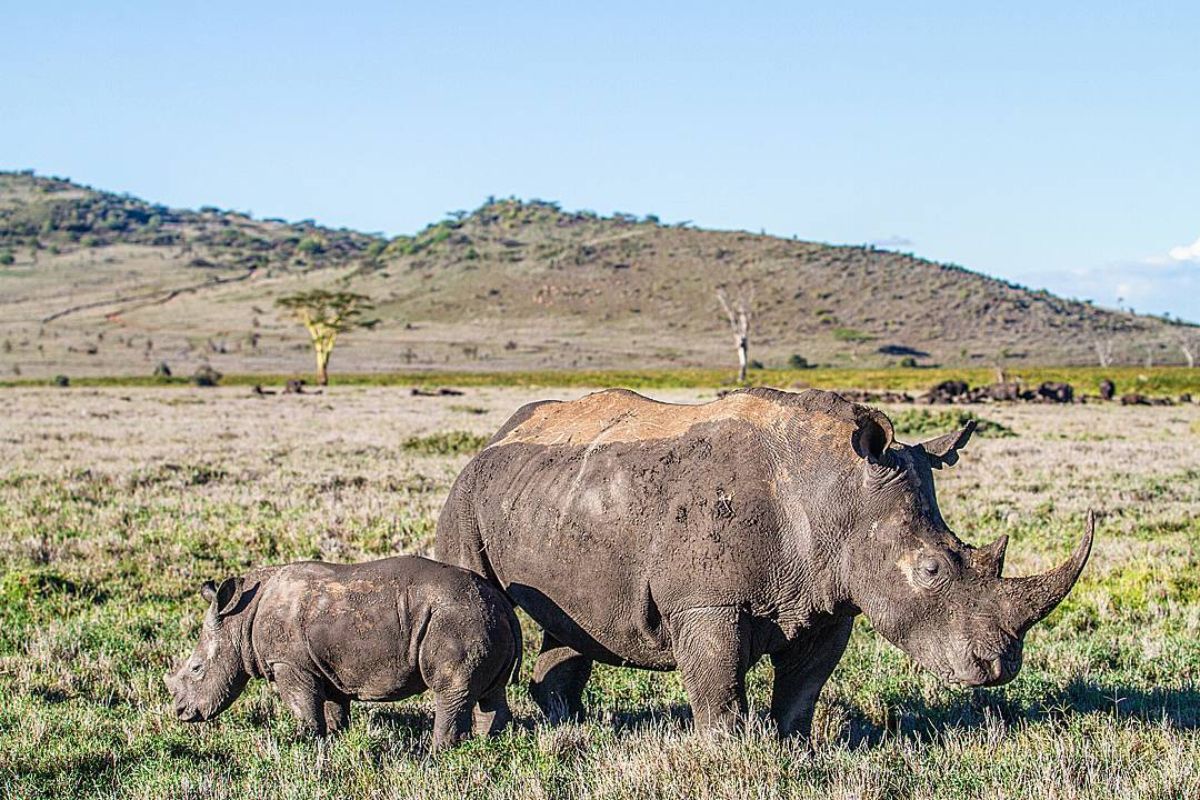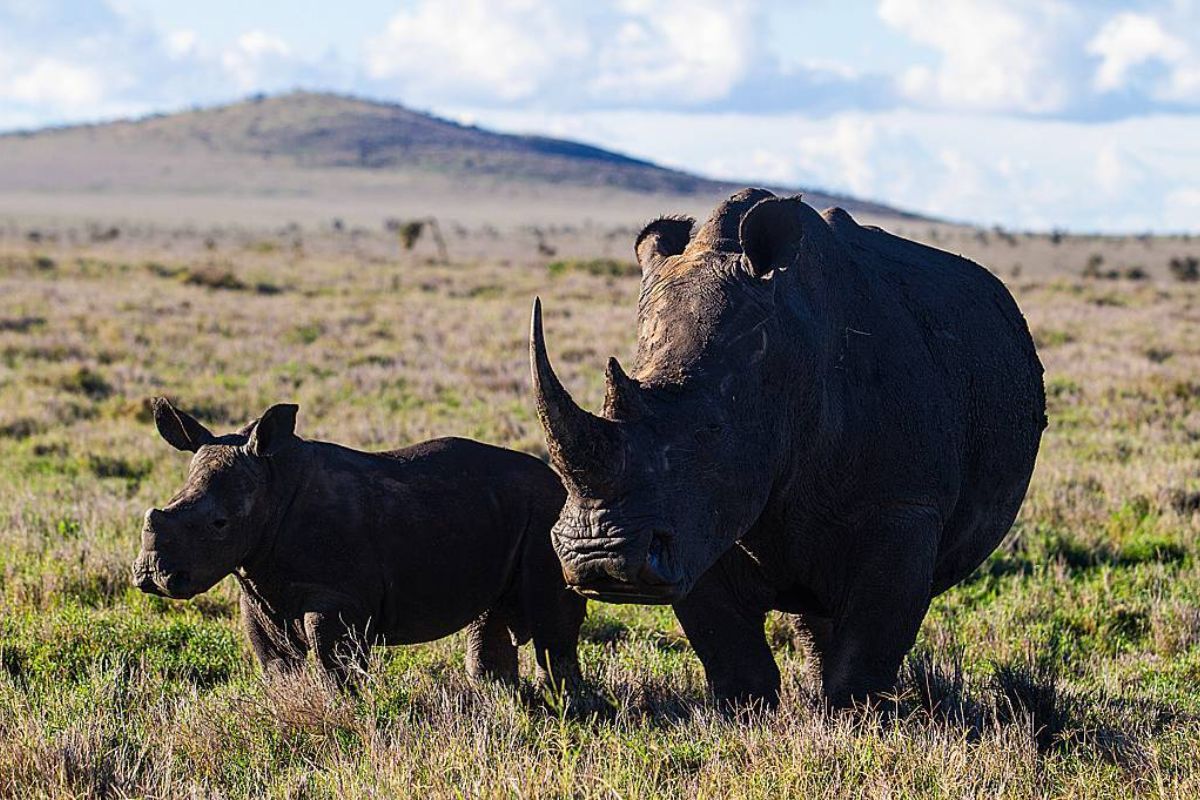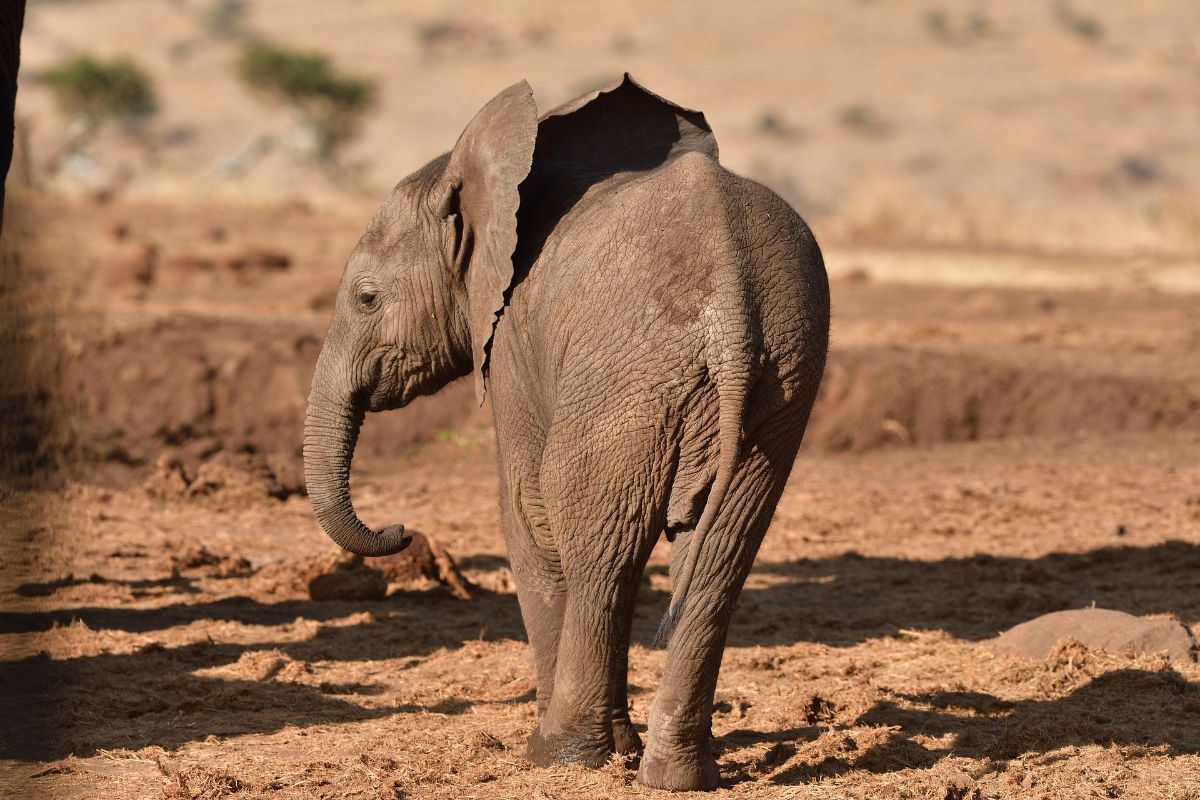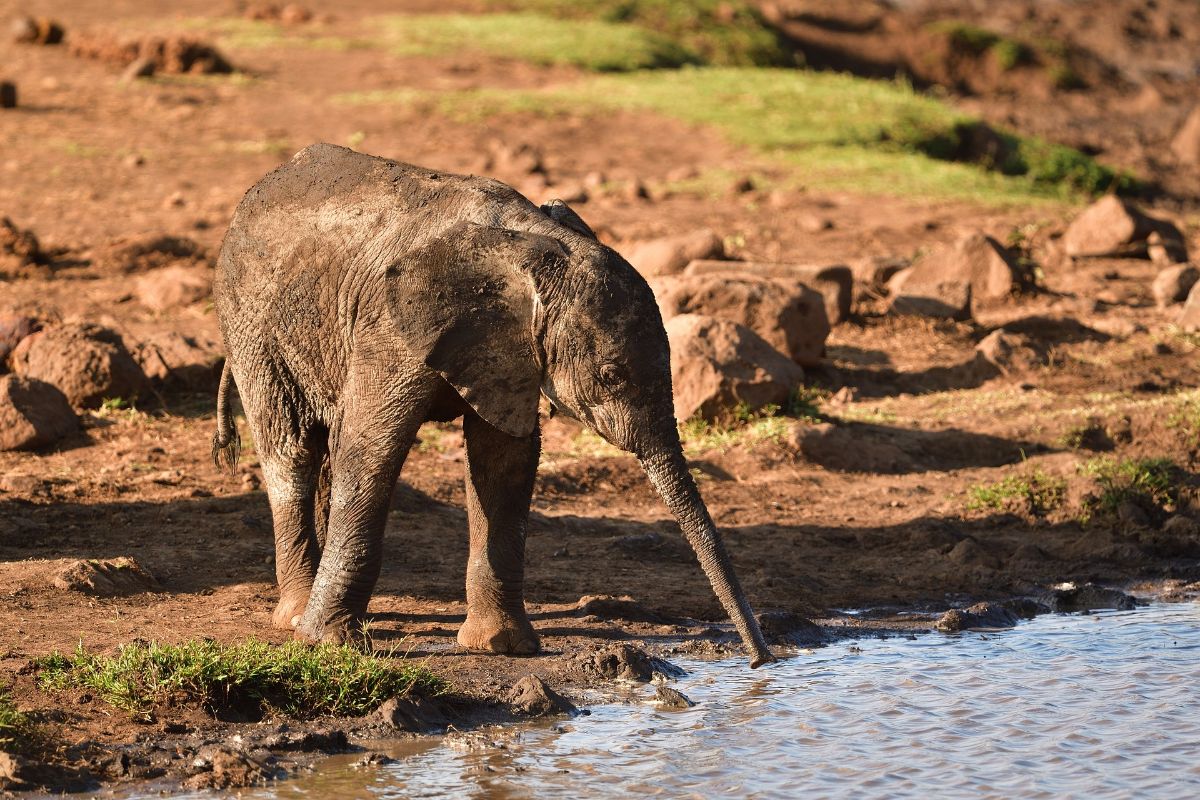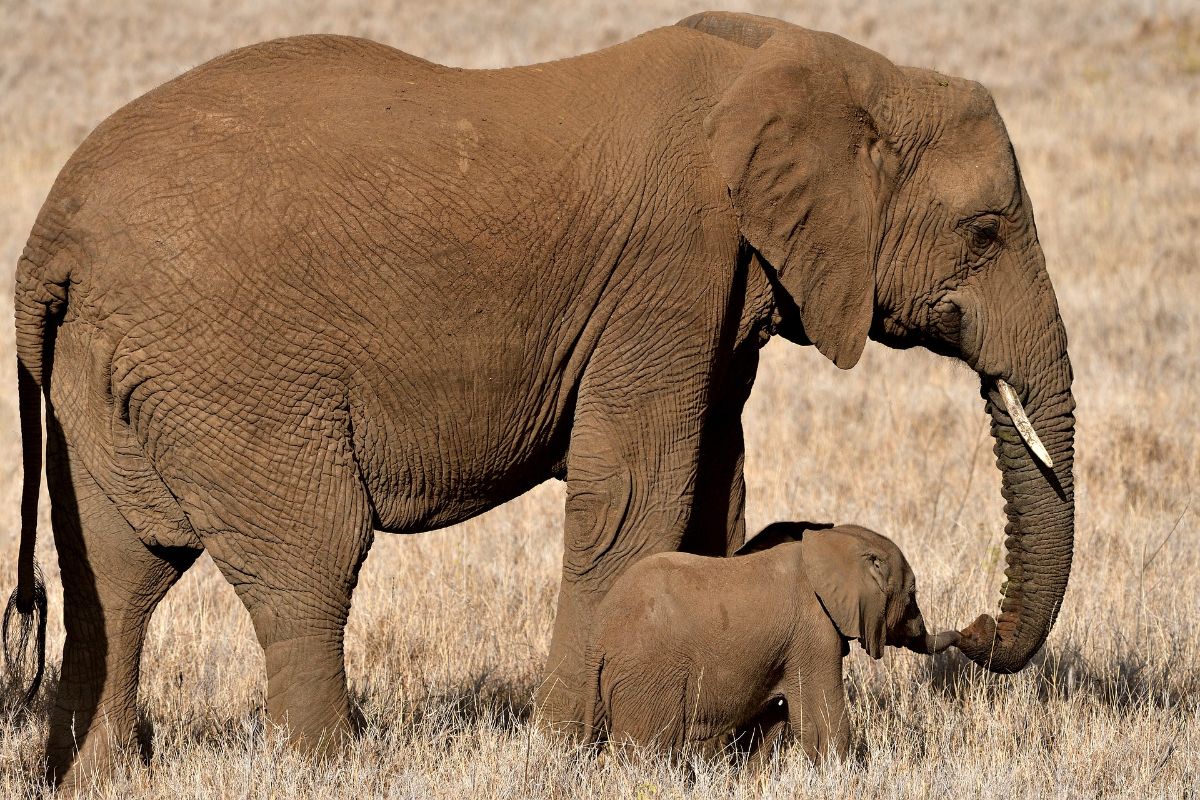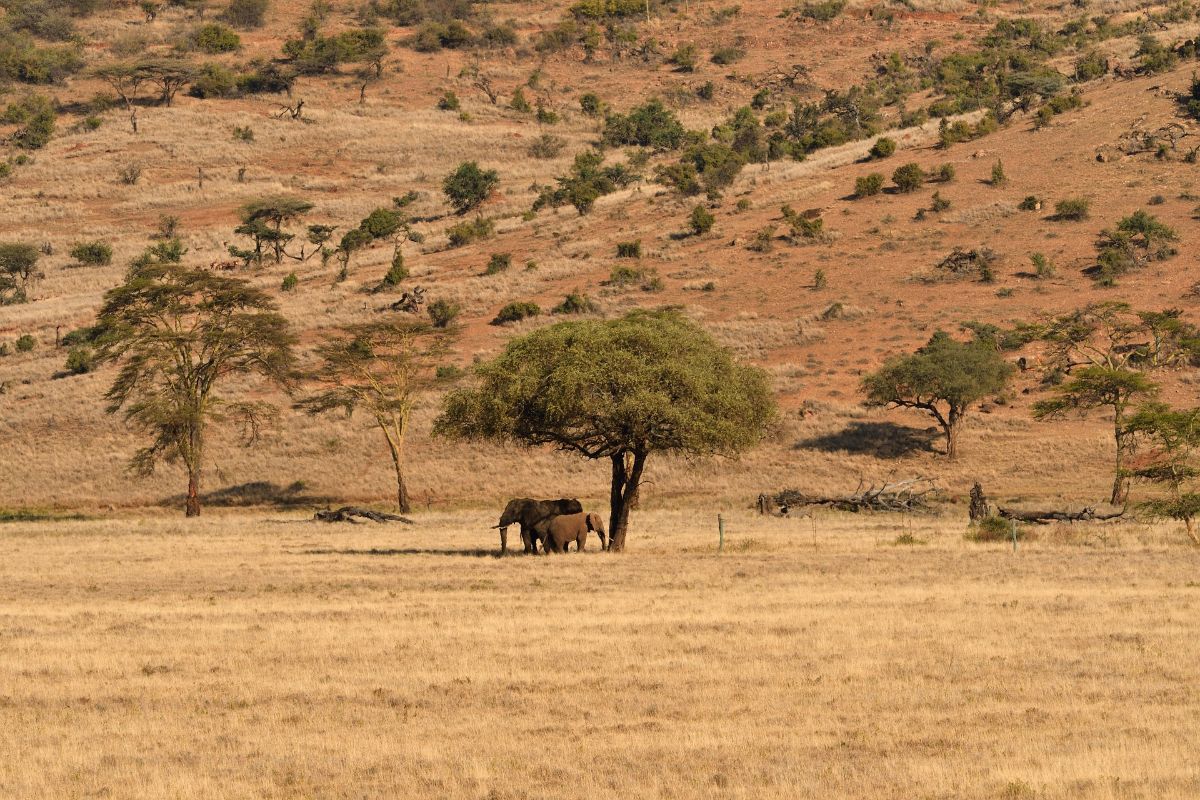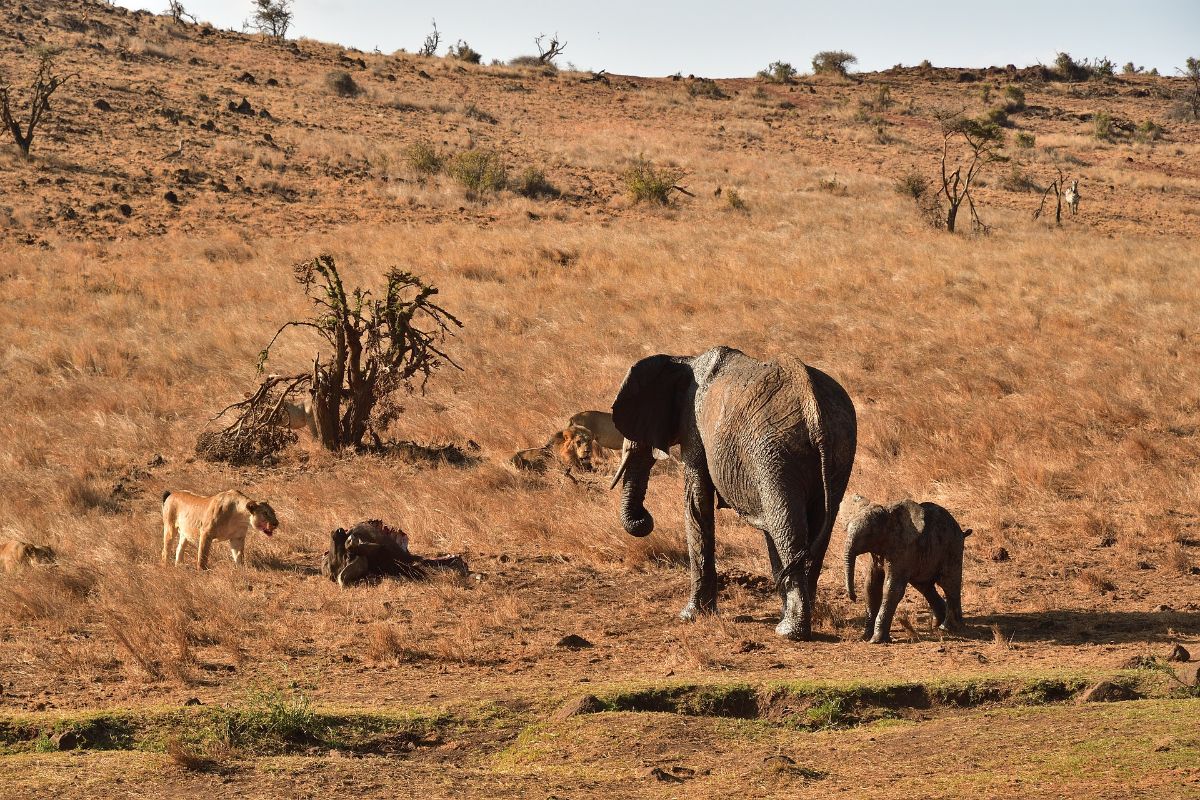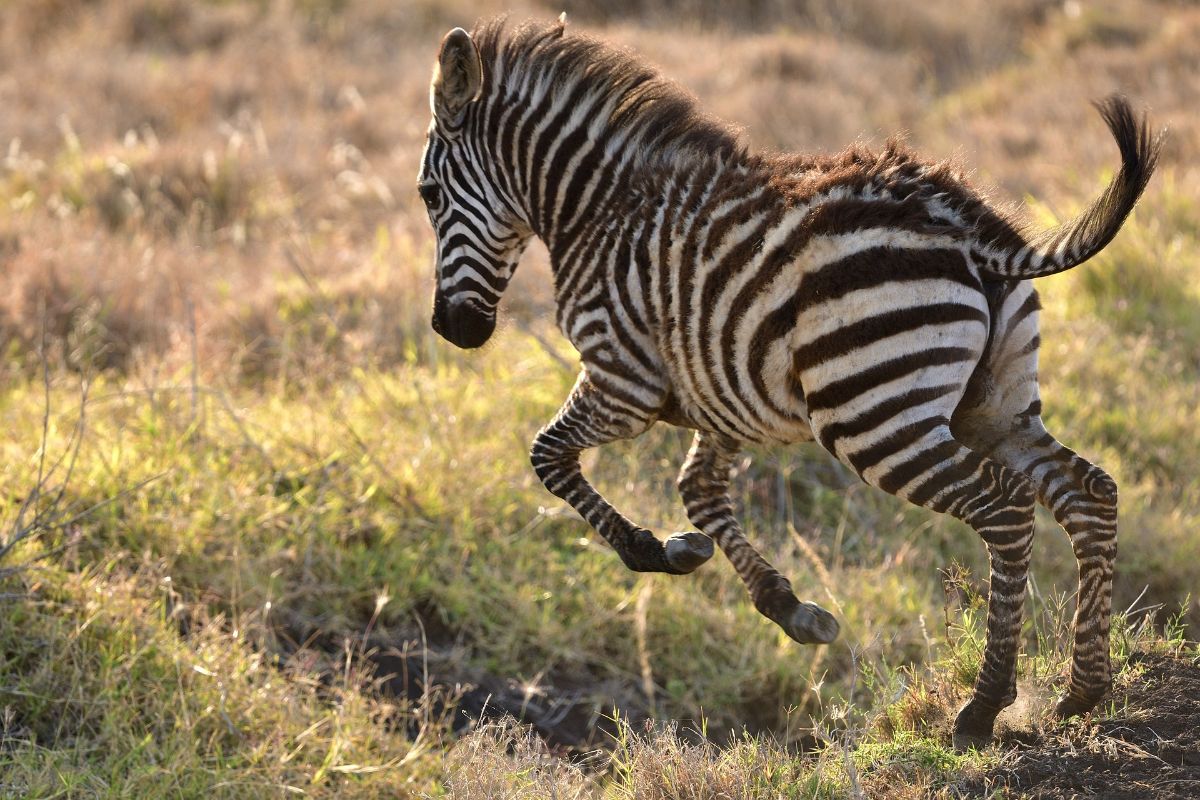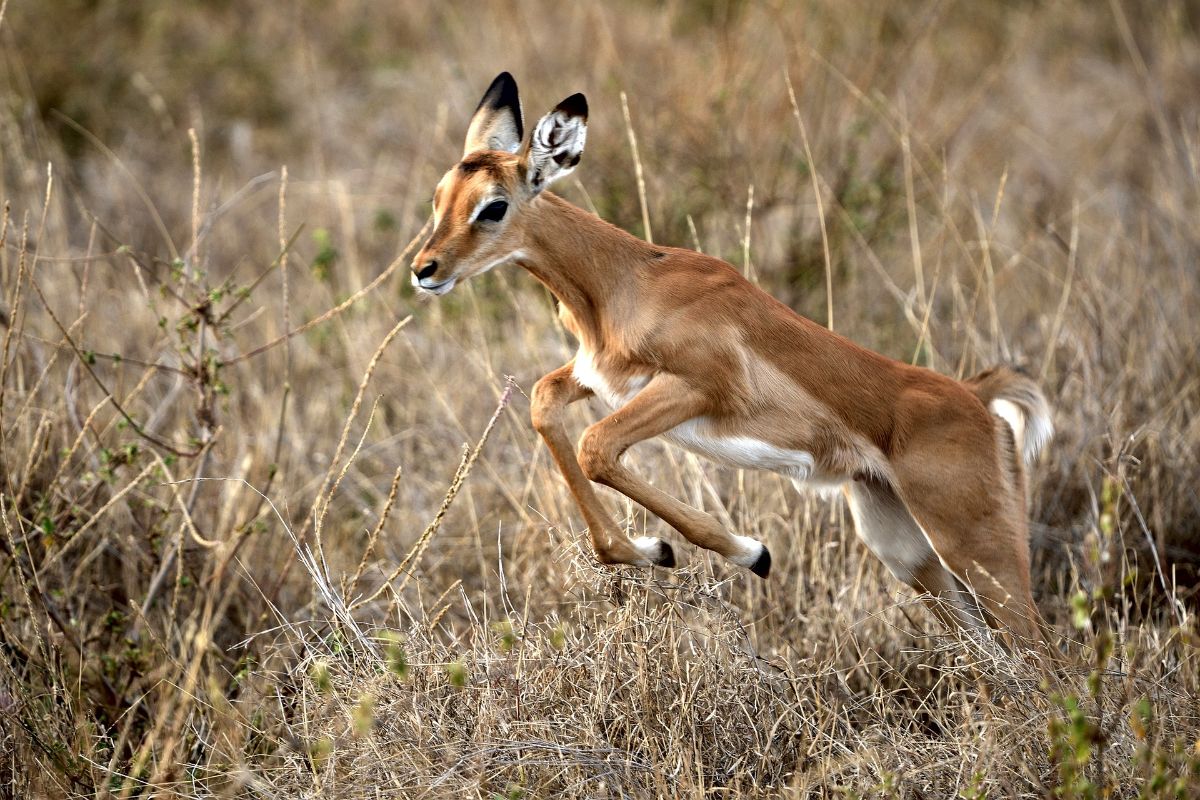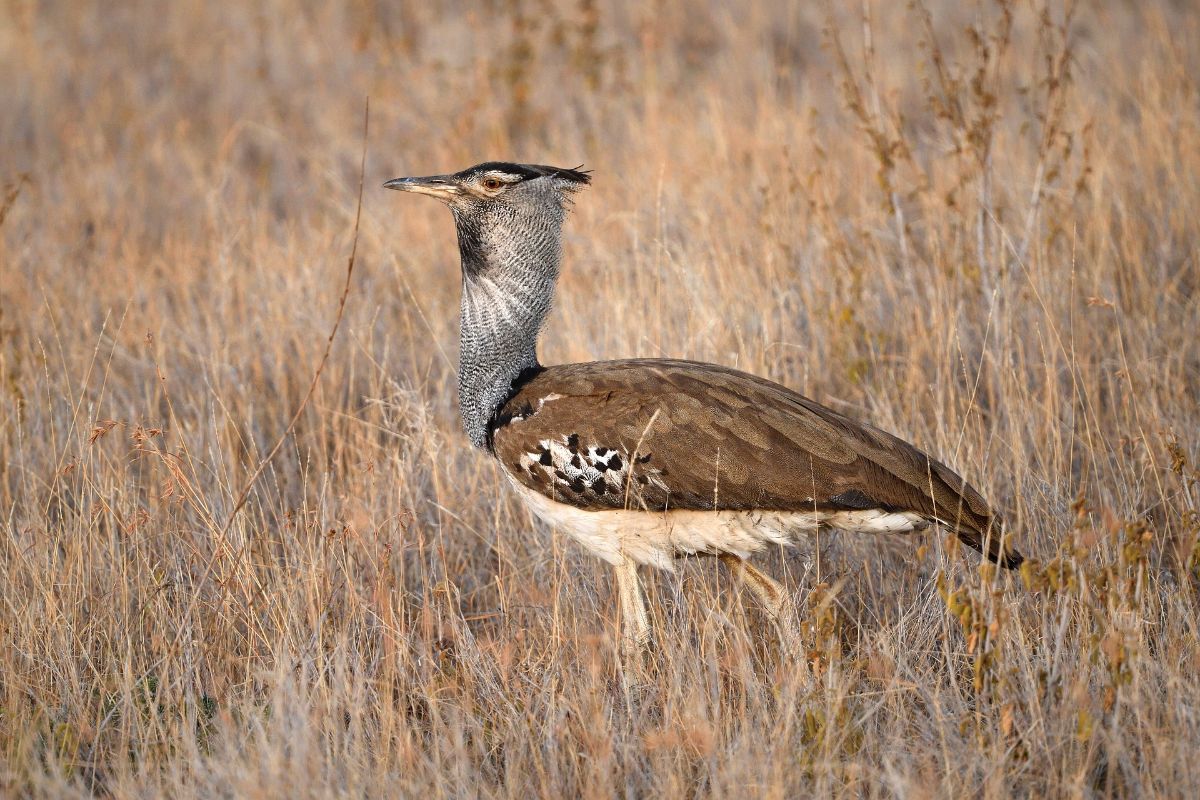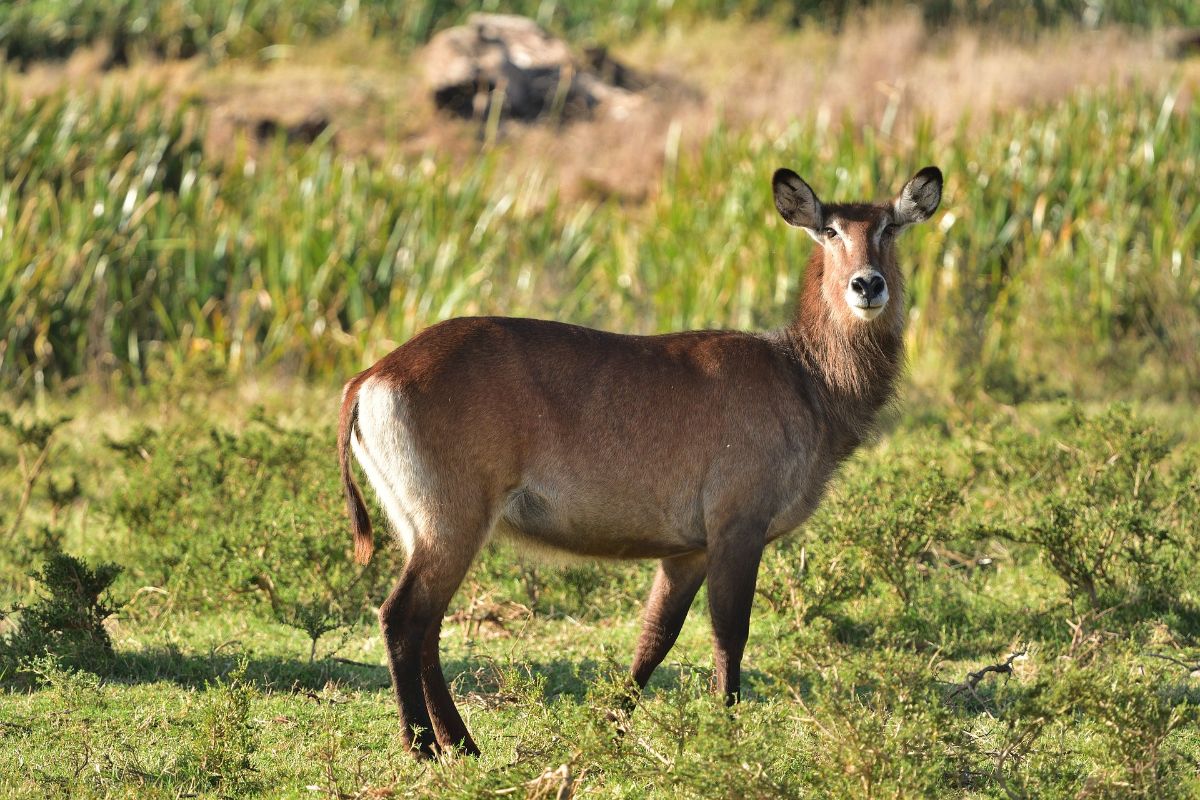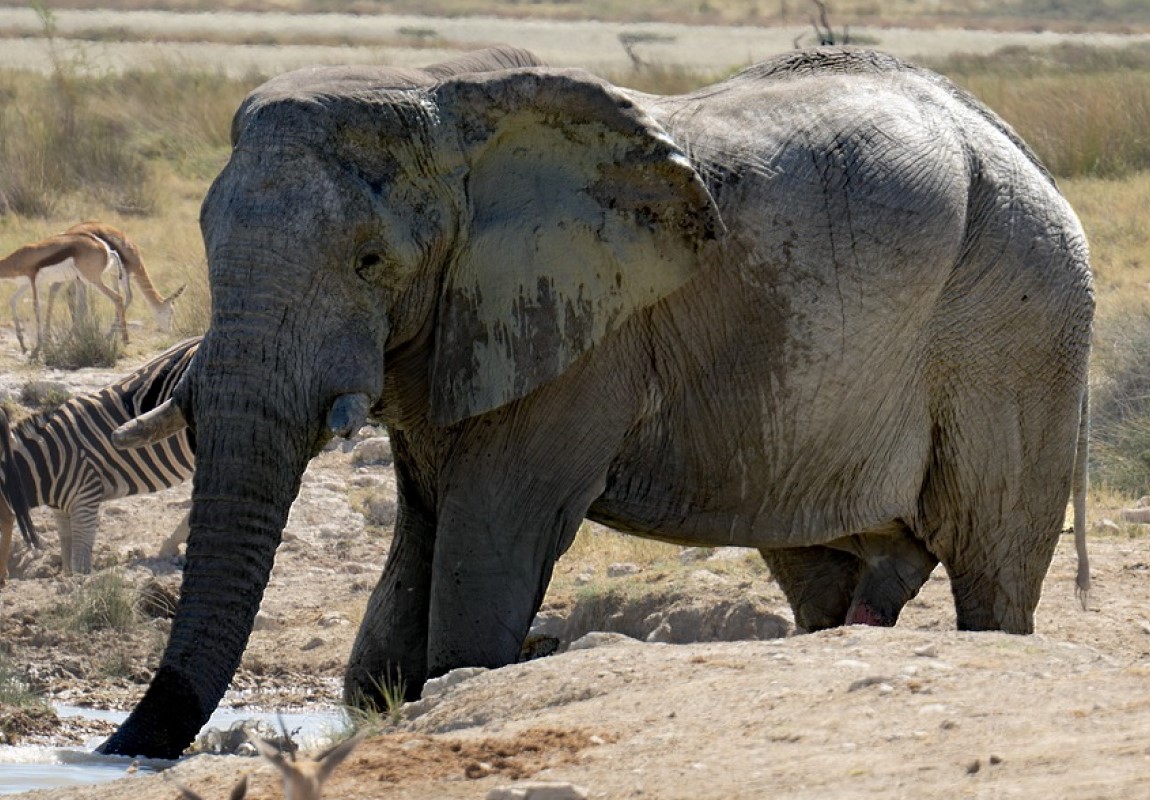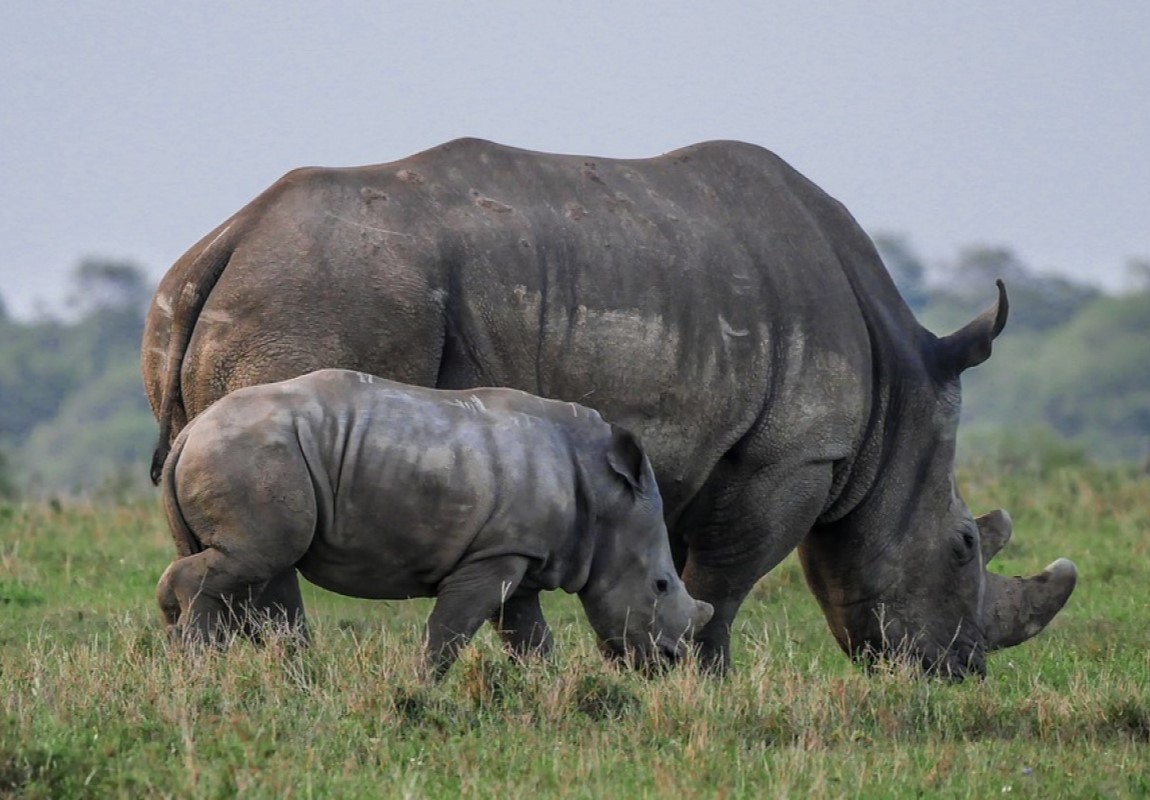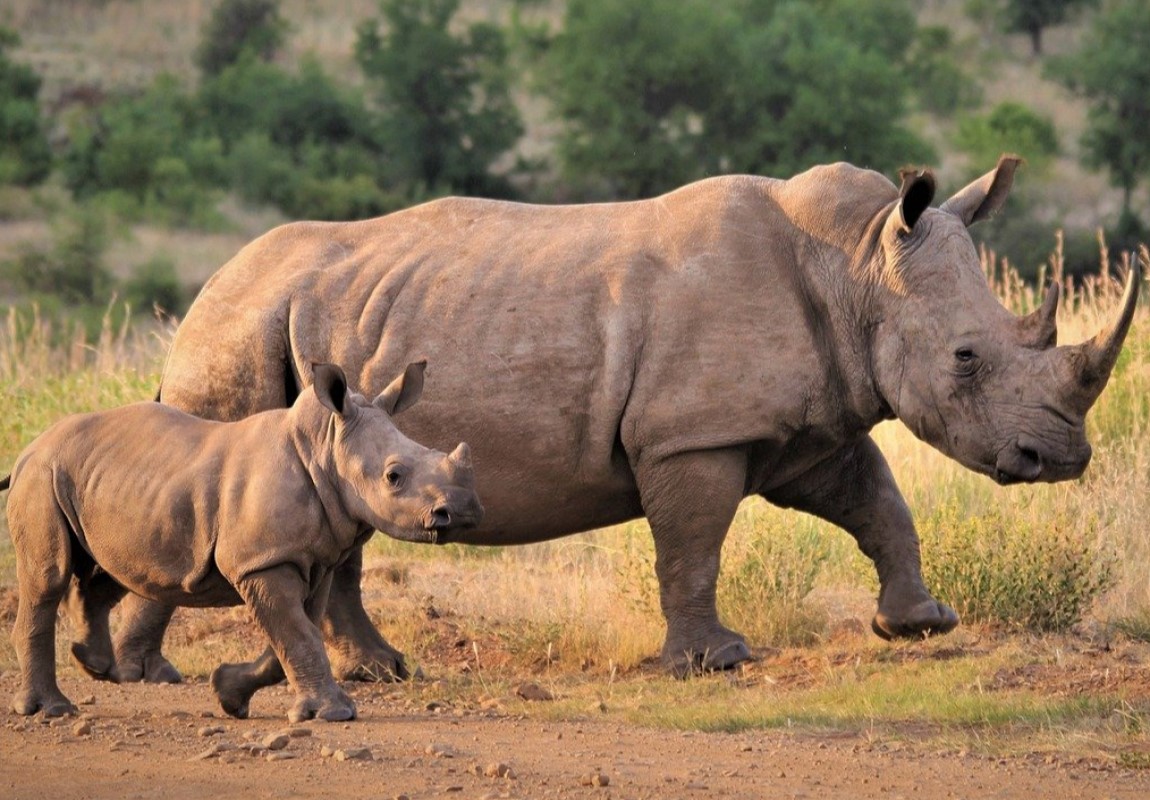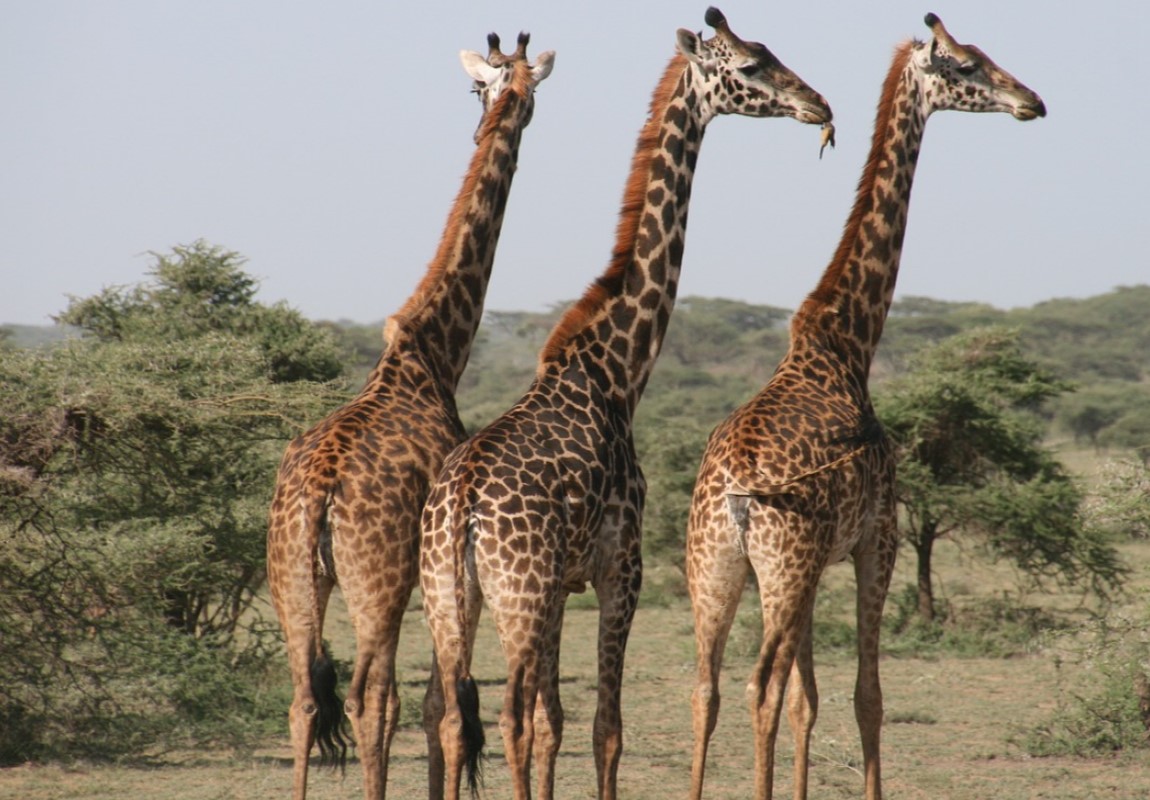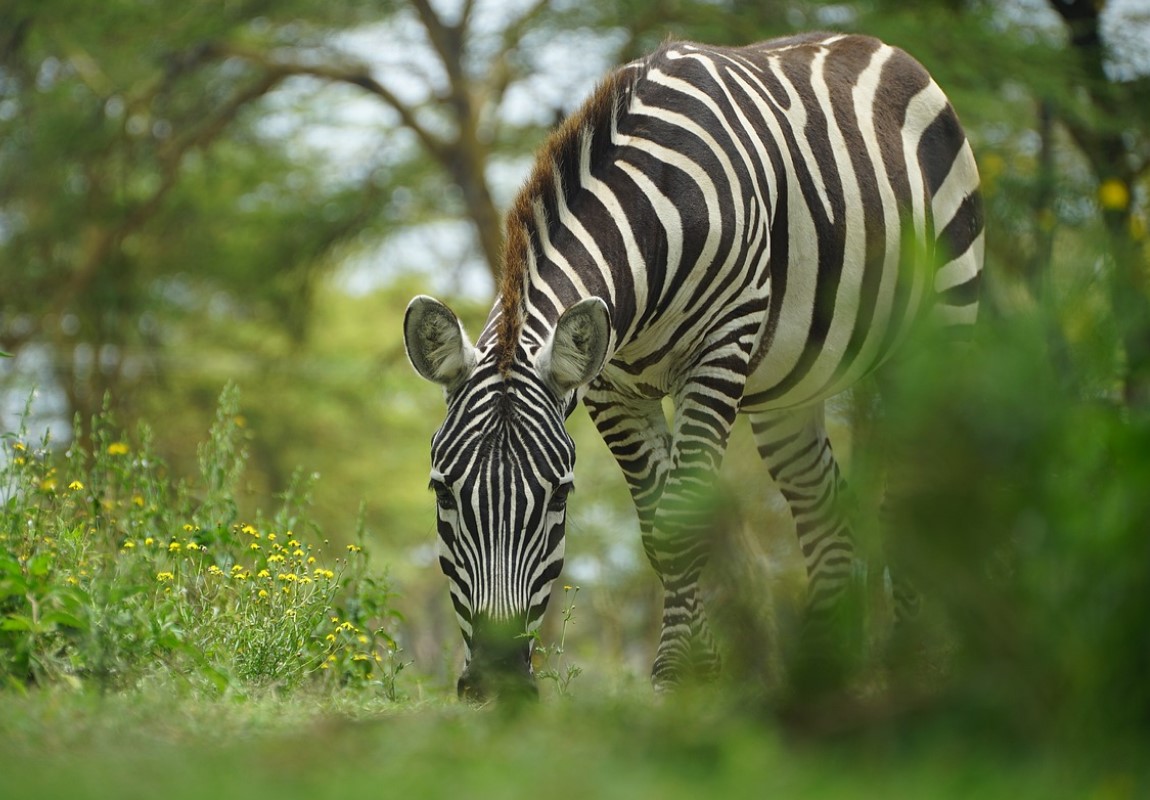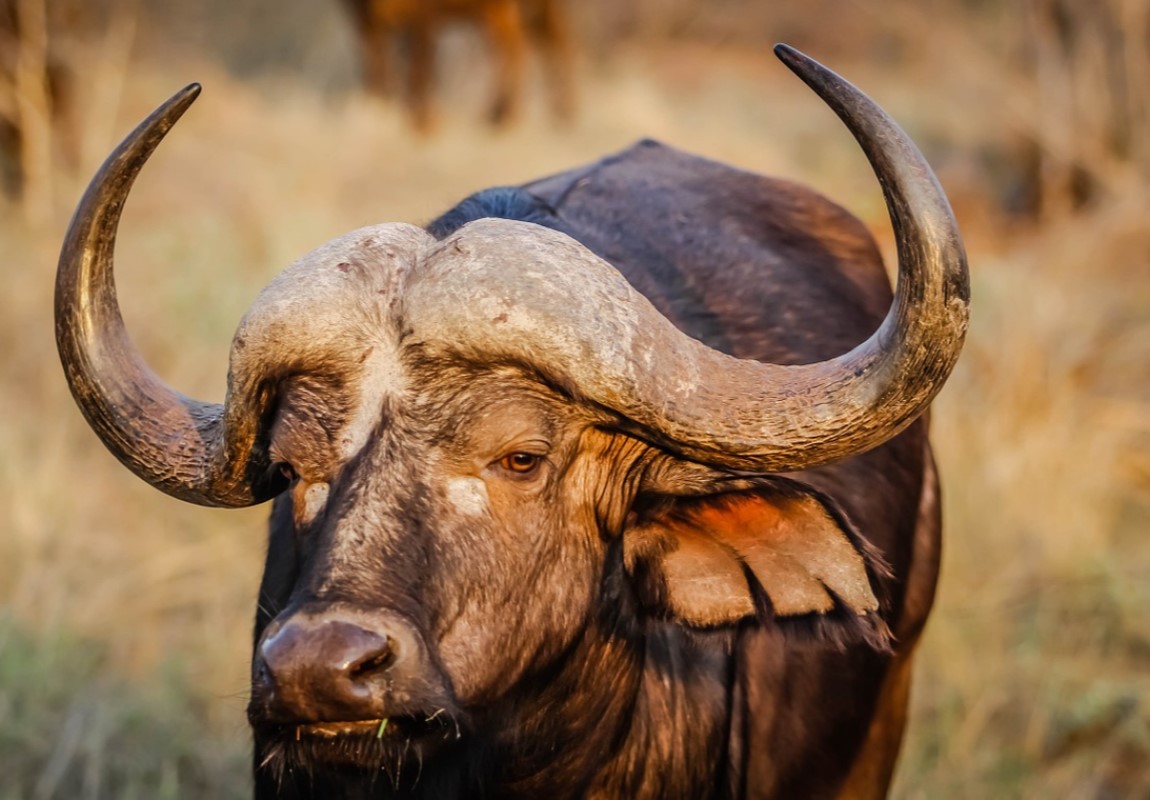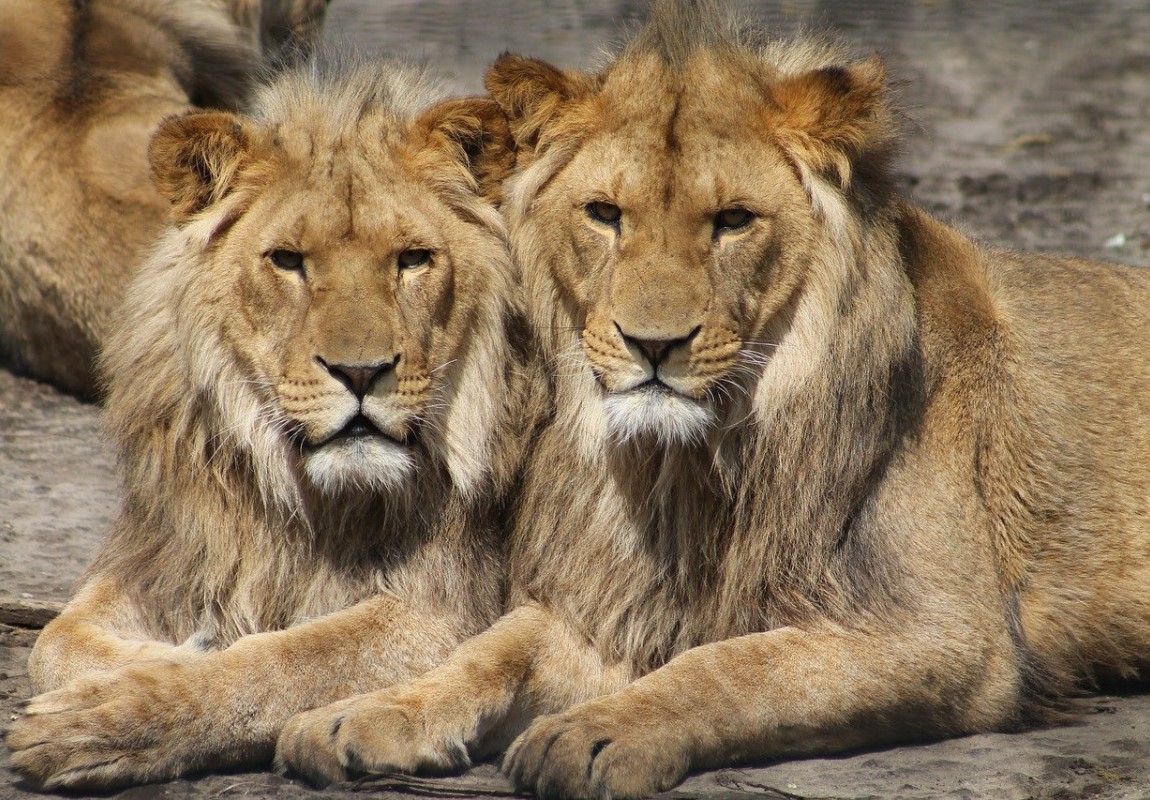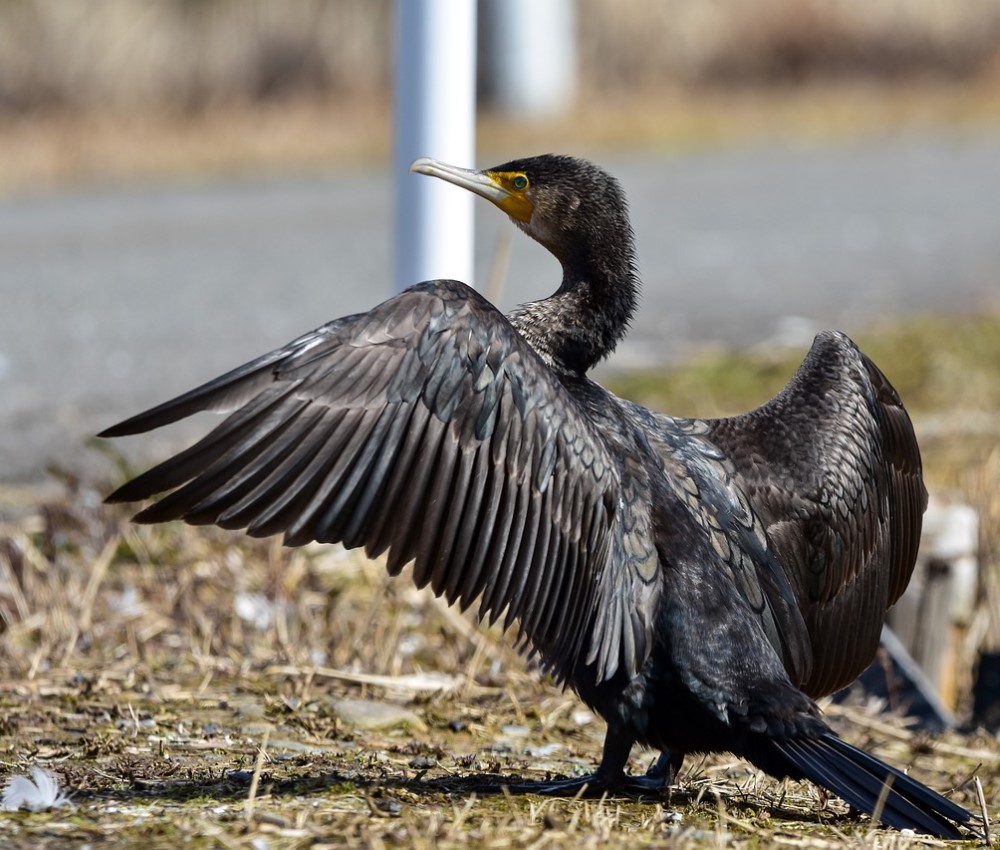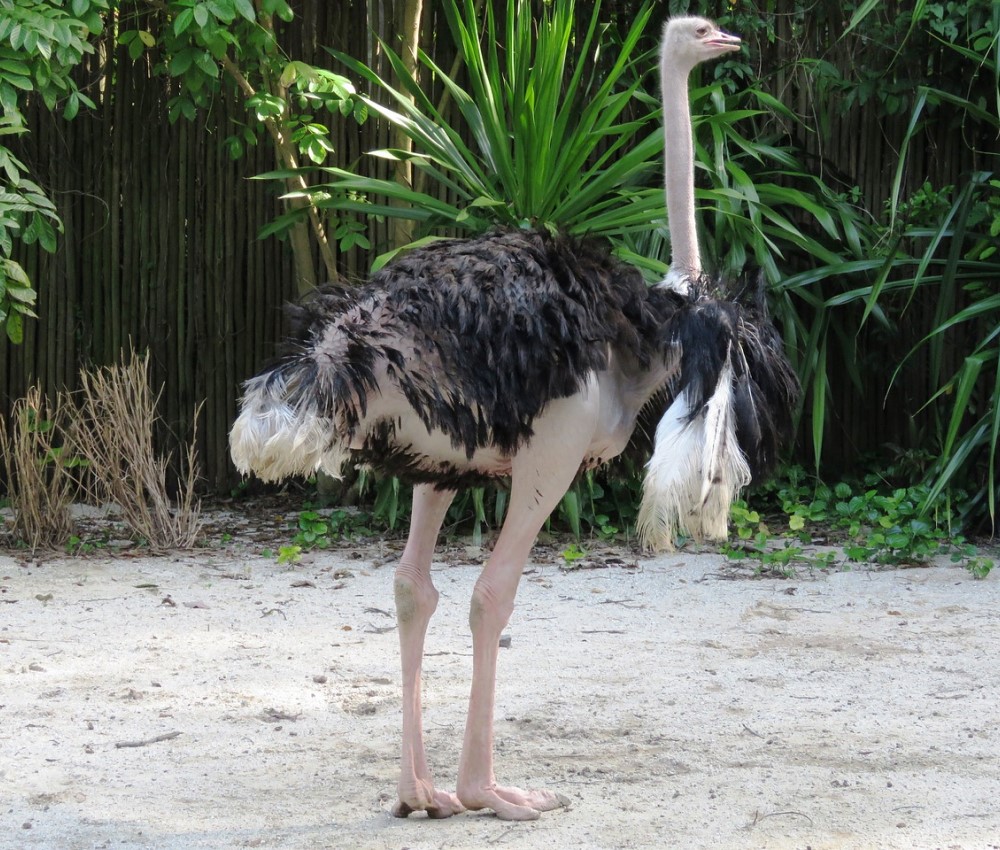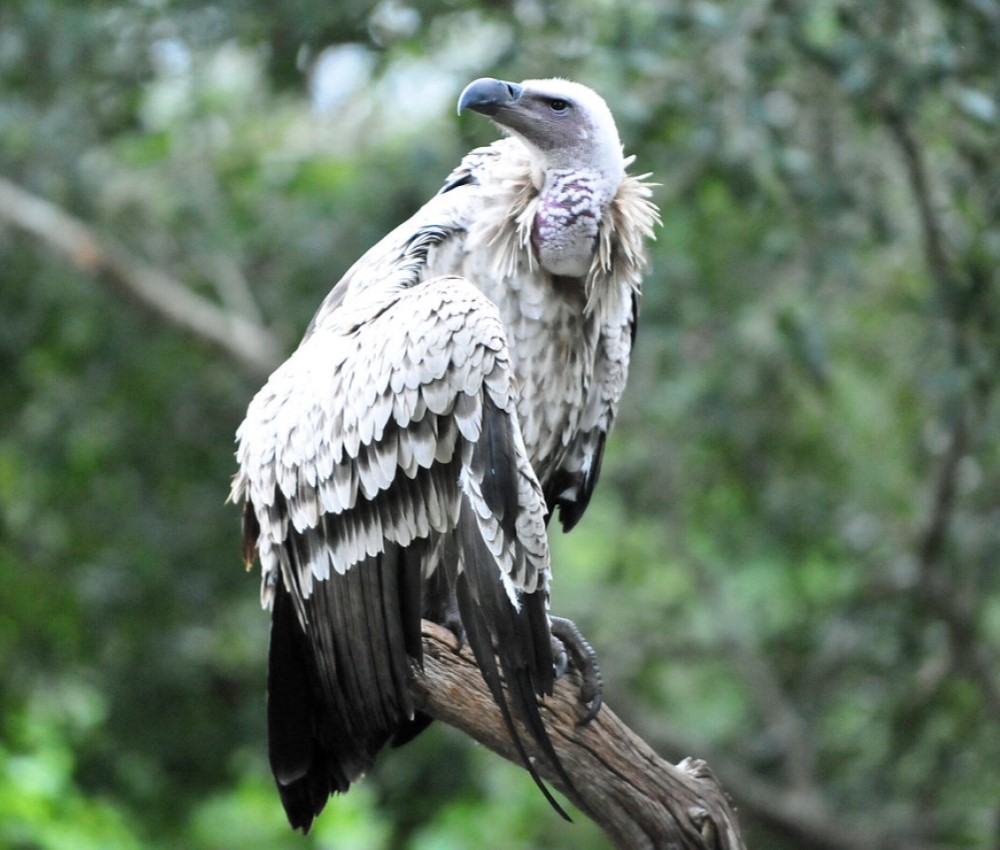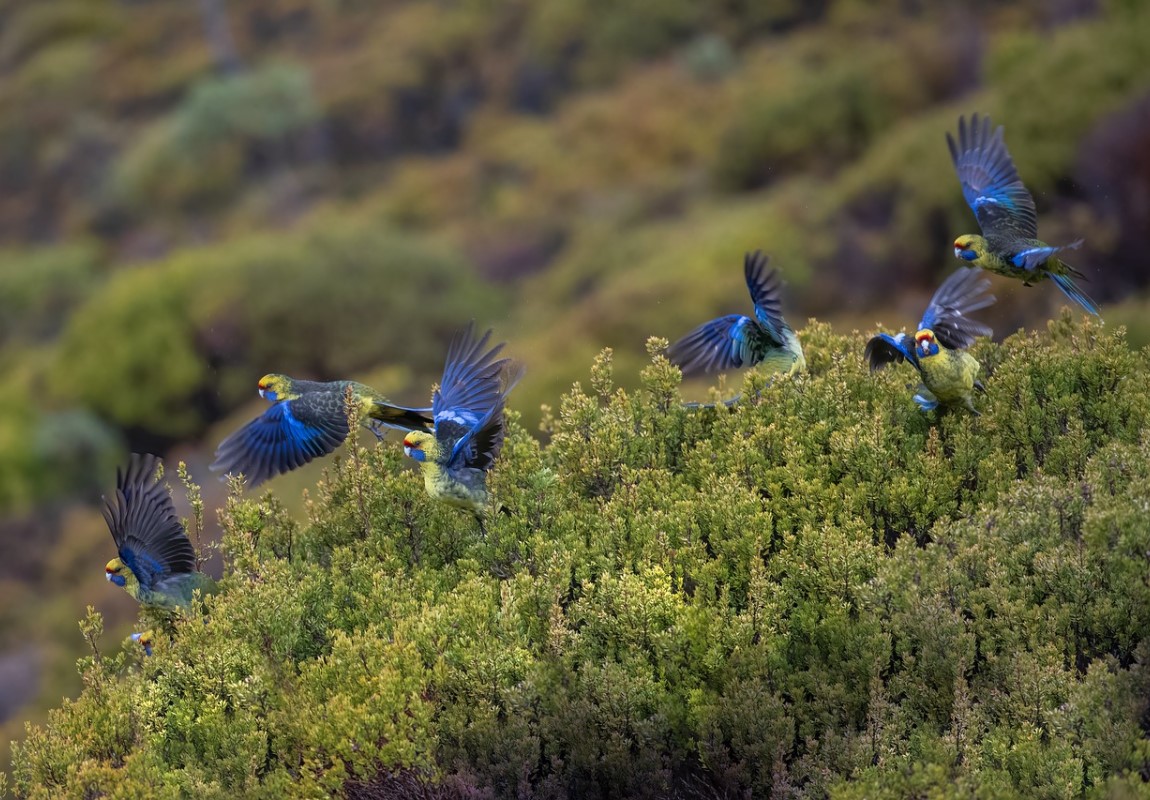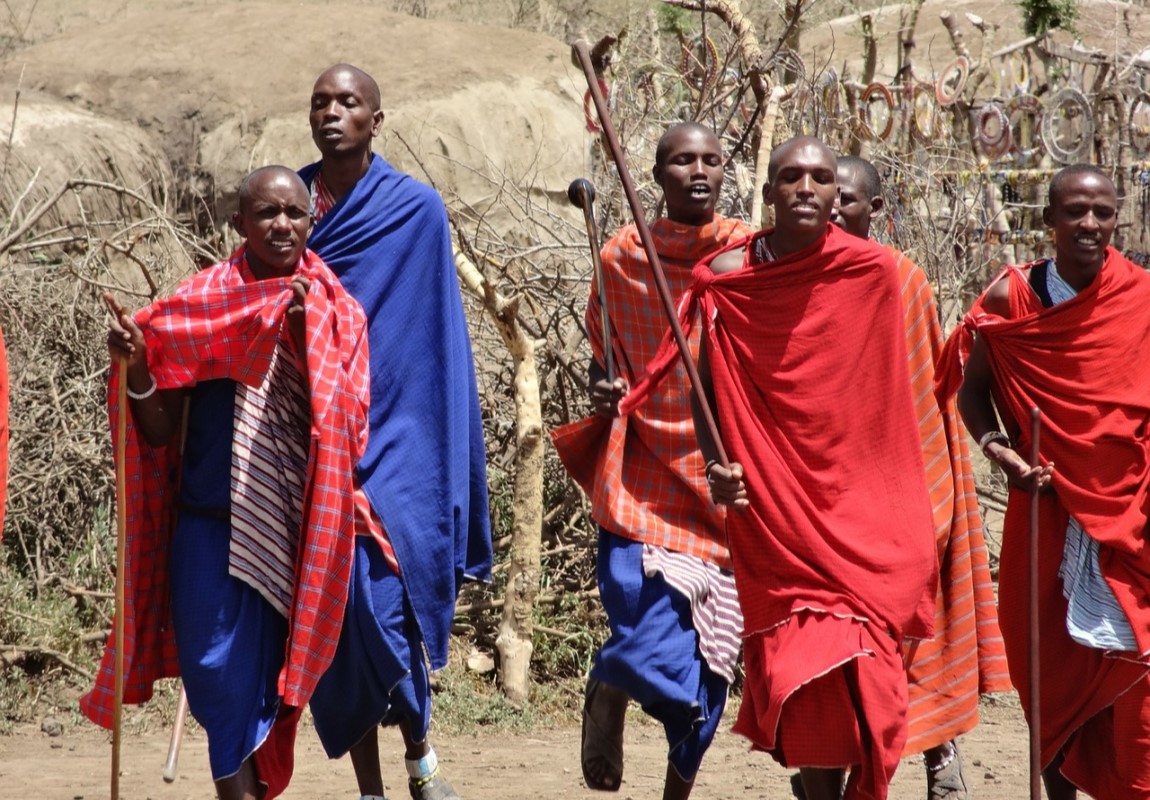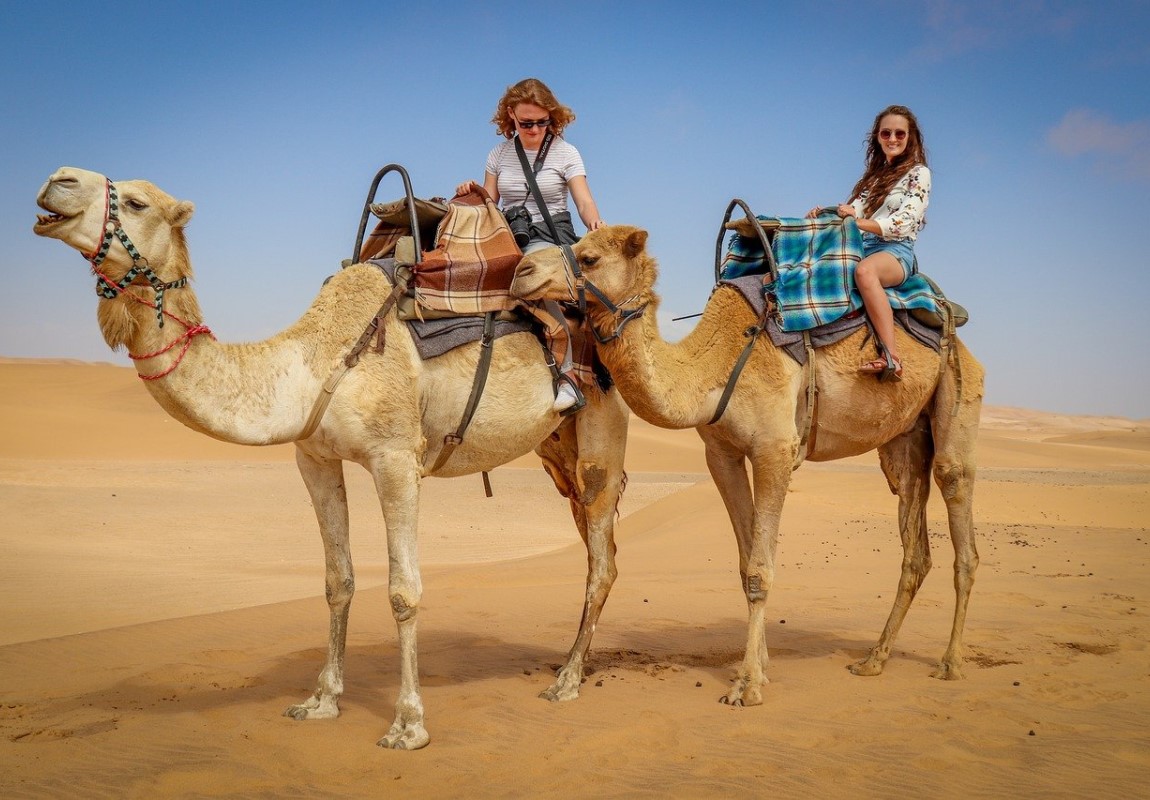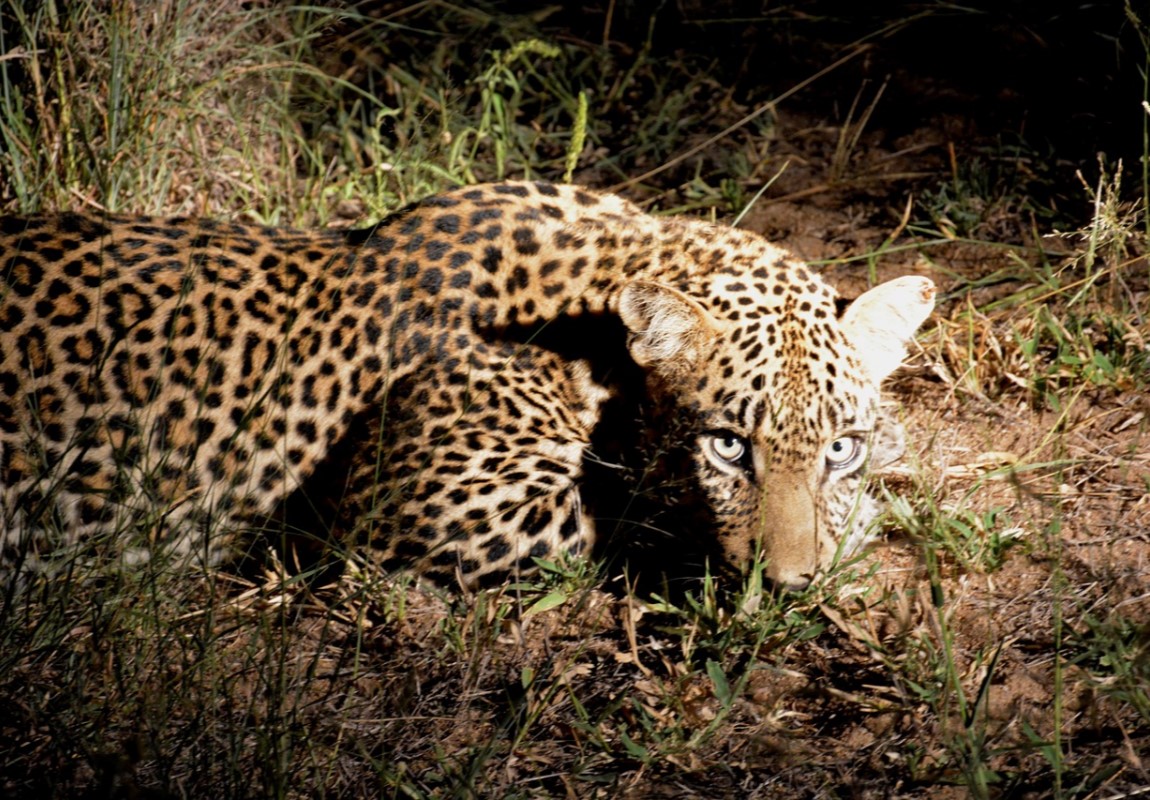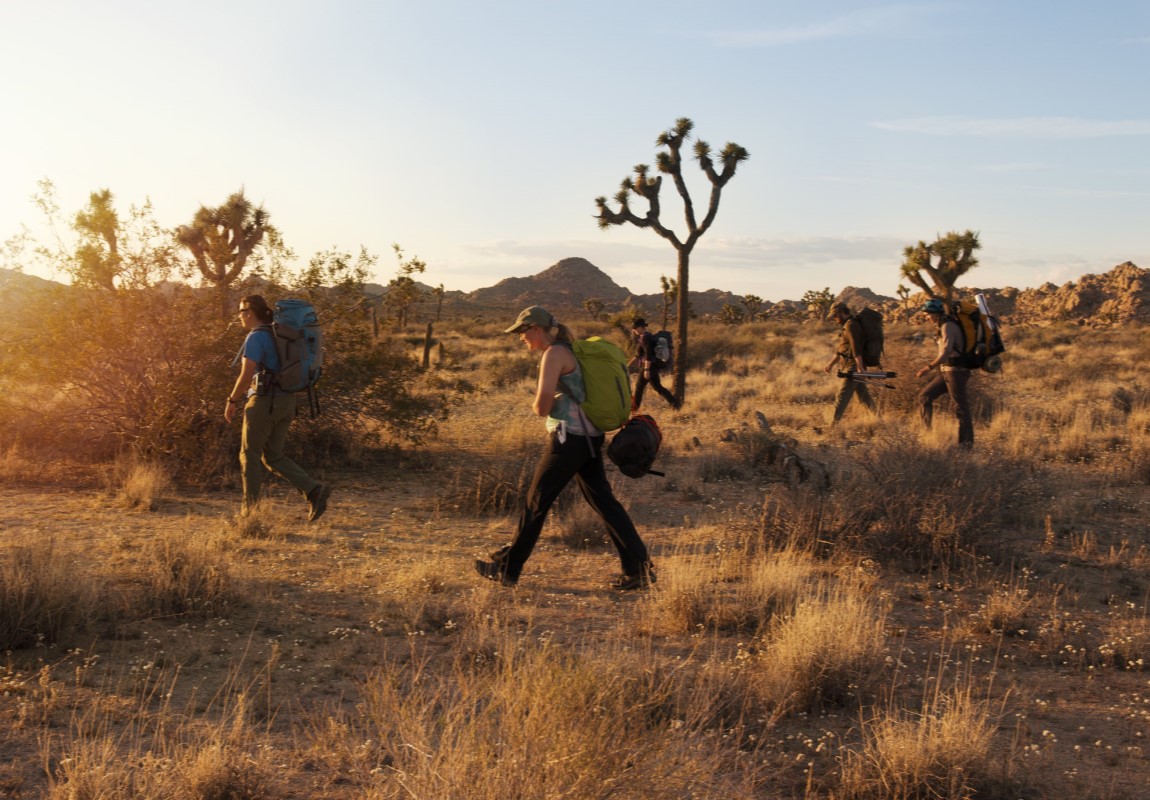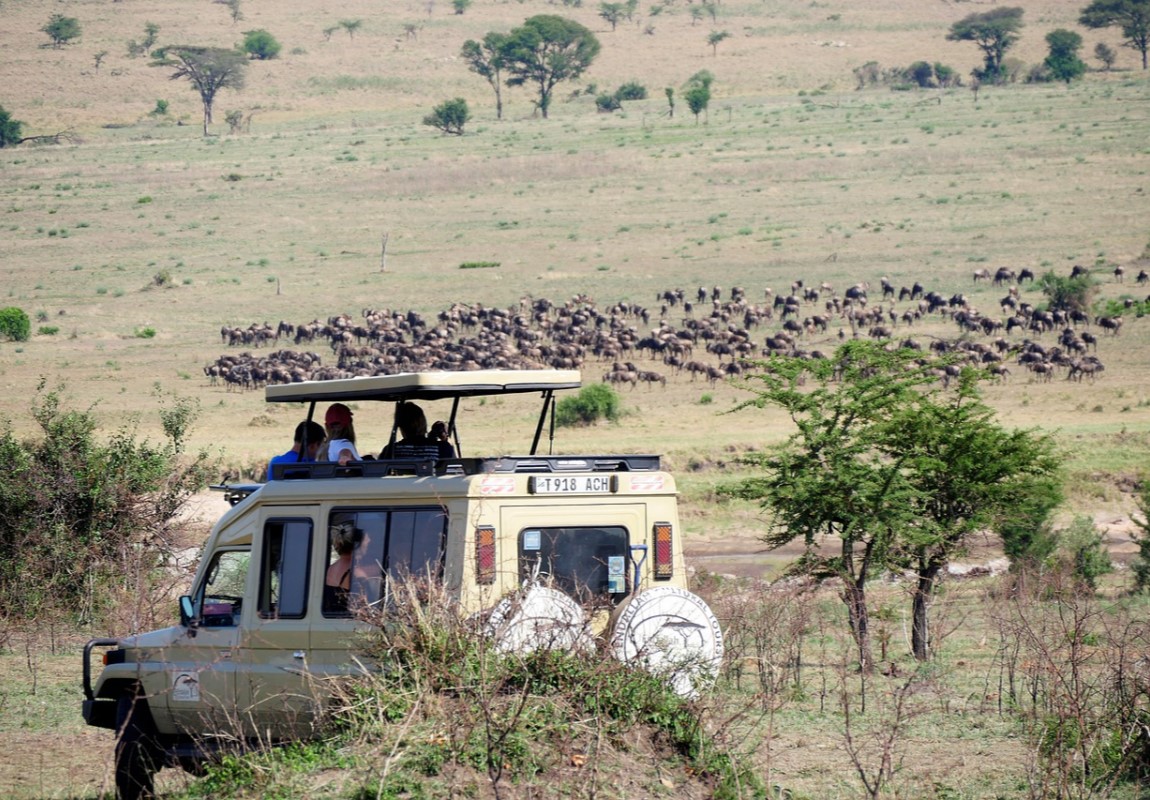Lewa Wildlife Conservancy 
Lewa Wildlife Conservancy - Kenya Wildlife Destination
Starting from
$800PP
Overview
The Lewa Wildlife Conservancy (also known as Lewa Downs) is located in northern Kenya and is a prime sanctuary on Laikipia Plateau. The Conservancy is also home to the Northern Rangelands Trust, an innovative partnership with several communities to the north that has given land for the preservation of wildlife. The Conservancy is home to a wide variety of wildlife including the rare and endangered black rhinos, Grevy's zebras and sitatungas.
Pros & Cons
- An amazing variety of wildlife including all the Big 5 are available
- Rare and endangered black rhinos
- Black rhinos & white rhinos can be spotted easily
- Night drives, horse riding and walking safaris are available
- Overnight camel treks are available
- Bush breakfast and picnic lunches offered
- Breathtaking views of Mount Kenya and the surrounding landscape
- There is just a little wildlife viewing circuit
- Most wildlife has been once again introduced so it can need legitimacy
- The cattle and fences remove a portion of the wild allure
Map in Kenya
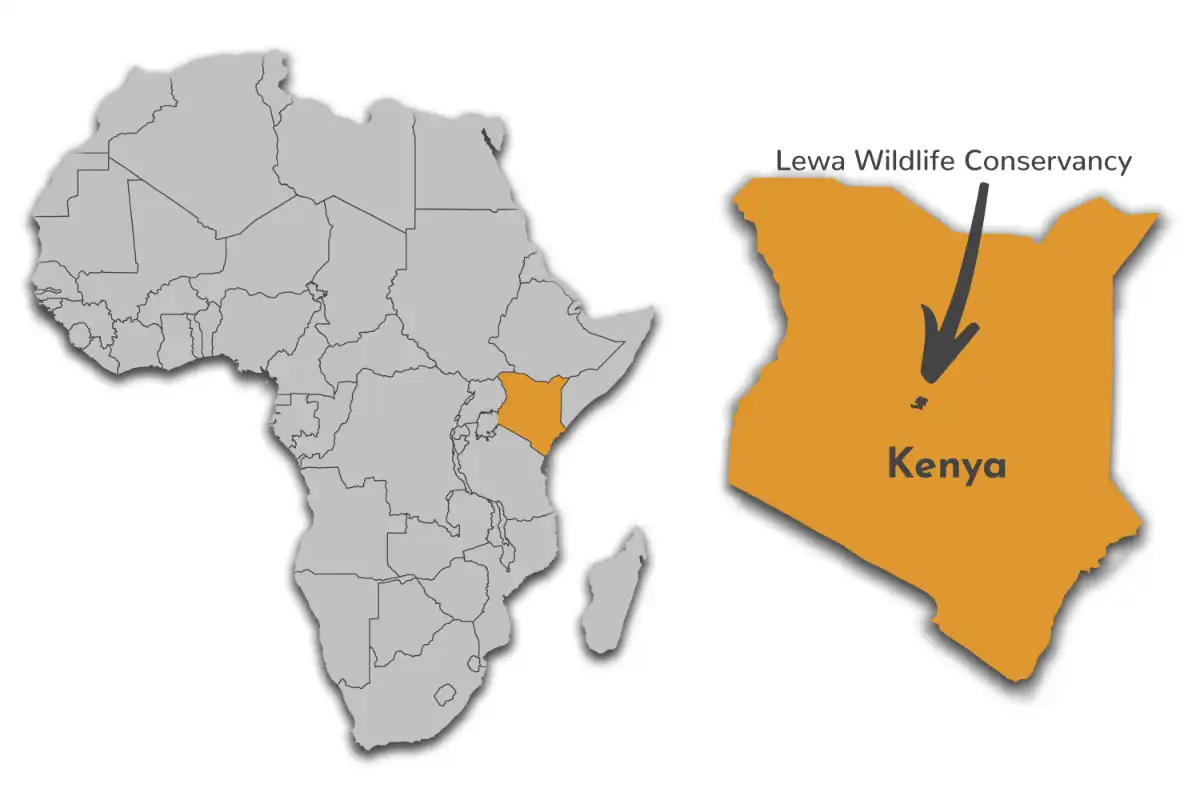
Want to Visit Lewa Wildlife Conservancy?
Gallery Images
Explore the stunning beauty of Lewa Wildlife Conservancy through our curated collection of photographs showcasing its landscapes, wildlife, and natural wonders.
Want to Visit Lewa Wildlife Conservancy?
Wildlife & Animals
Lewa Wildlife Conservancy is home to a wide variety of wildlife including the rare and endangered black rhinos, Grevy's zebras and sitatungas. It also includes the big five (lions, leopards, elephants, rhinos and Cape buffaloes). The forest is home to the black-and-white colobus monkey and a few hippos spend their days in the Lewa swamp. There are plentiful Elephants and Buffalo in the Conservancy. Antelopes include eland, impala, defassa waterbuck and Grant's gazelle.
Wildlife Highlights
Lewa holds over 12% of Kenya's eastern black rhinoceros population and the largest single population of Grevy's zebras in the world (approximately 350 individuals). There are currently 44 lions across the Lewa-Borana Landscape. Lewa occasionally hosts a pack of critically endangered wild dogs (also known as the African-painted dog). Depending on the season of the year, Lewa is home to about 400 migratory elephants.
Best Time for Wildlife Viewing
The best time to visit Lewa Wildlife Conservancy for wildlife viewing is in the Dry season from July to September and January to March. Lewa's lodges are closed in April and November because of the rain. The commonly found dark cotton soil in the area turns out to be undeniably challenging to haggle after heavy rainfall.
Want to Visit Lewa Wildlife Conservancy?
Birds
There are more than 400 bird species have been recorded in Lewa Wildlife Conservancy, which makes it an amazing birding destination. Being a UNESCO World Heritage Site, Lewa has one of the best bird viewing chances in larger East Africa. Some of the feathered friends in the Lewa are; cormorants, pelicans, grebes, herons, storks, flamingos, ibises, ducks and geese, spoonbills, egrets quails, doves and pigeons, sandpipers, stilts and avocets, bustards, plovers, guinea fowls, and francolins.
Best Time for Birding
Lewa Wildlife Conservancy is a bird watcher's delight the entire year, but Lewa's lodges are closed in April and November because of heavy rainfall. The best time is from December to March when the migrants from Europe and North Africa are present and the park is open. This partly coincides with the Wet season when many species can be seen in breeding plumage as they are nesting. The best time for general wildlife viewing is from July to September and January to March.
Want to Visit Lewa Wildlife Conservancy?
Best Time to Visit – Lewa Wildlife Conservancy
The best time to visit Lewa Wildlife Conservancy for wildlife viewing is in the Dry season from July to September and January to March. Lewa's lodges are closed in April and November because of the rain. The commonly found dark cotton soil in the area turns out to be undeniably challenging to haggle after heavy rainfall.
June to September (Dry Season)
- Rarely gets hot, Most of the time it's sunny & dry
- Due to short grass and less water sources, Animals can be spotted easily
- Off-road driving is permitted
- Reserve gets very crowded
- There is a lot of dust in the air because it is very dry
- The sky is hazy and the scenery isn’t as pretty
October to May (Wet Season)
- The scenery is beautiful and at its most lush
- Birding is best as migratory birds are present
- As the park is less busy, Pricing is very less to bring more travellers
- Scenery is lush and the clear conditions offer stunning views of Mount Kenya when the clouds lift
- Rain in April and May will sometimes come in between your planned activities
- Roads become sloppy and difficult to travel
- Off-road driving won’t be possible after rain
Want to Visit Lewa Wildlife Conservancy?
Activities
Explore popular activities available in and around Lewa Wildlife Conservancy.
Want to Visit Lewa Wildlife Conservancy?
No FAQs available for this park yet.

 English
English French
French